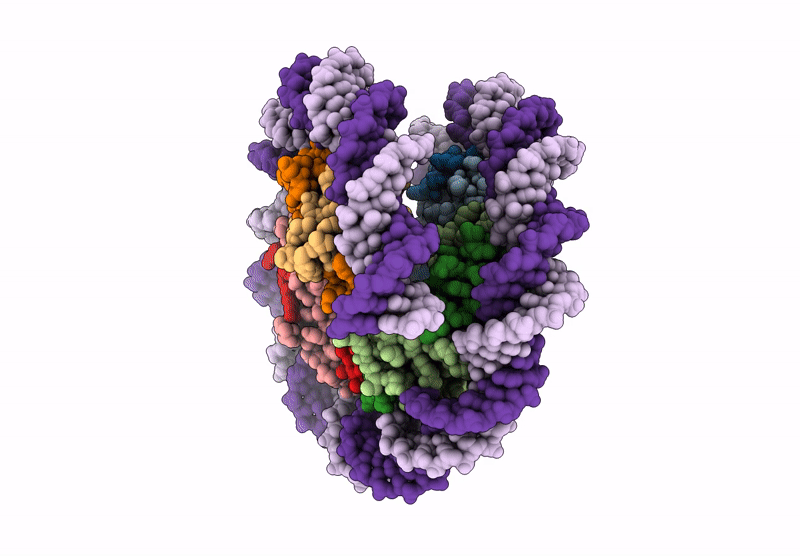
Deposition Date
2024-09-29
Release Date
2025-01-29
Last Version Date
2025-07-09
Entry Detail
PDB ID:
9GXA
Keywords:
Title:
CENP-A/H4 di-tetrasome assembled on alpha-satellite DNA.
Biological Source:
Source Organism:
Homo sapiens (Taxon ID: 9606)
Host Organism:
Method Details:
Experimental Method:
Resolution:
4.01 Å
Aggregation State:
PARTICLE
Reconstruction Method:
SINGLE PARTICLE


